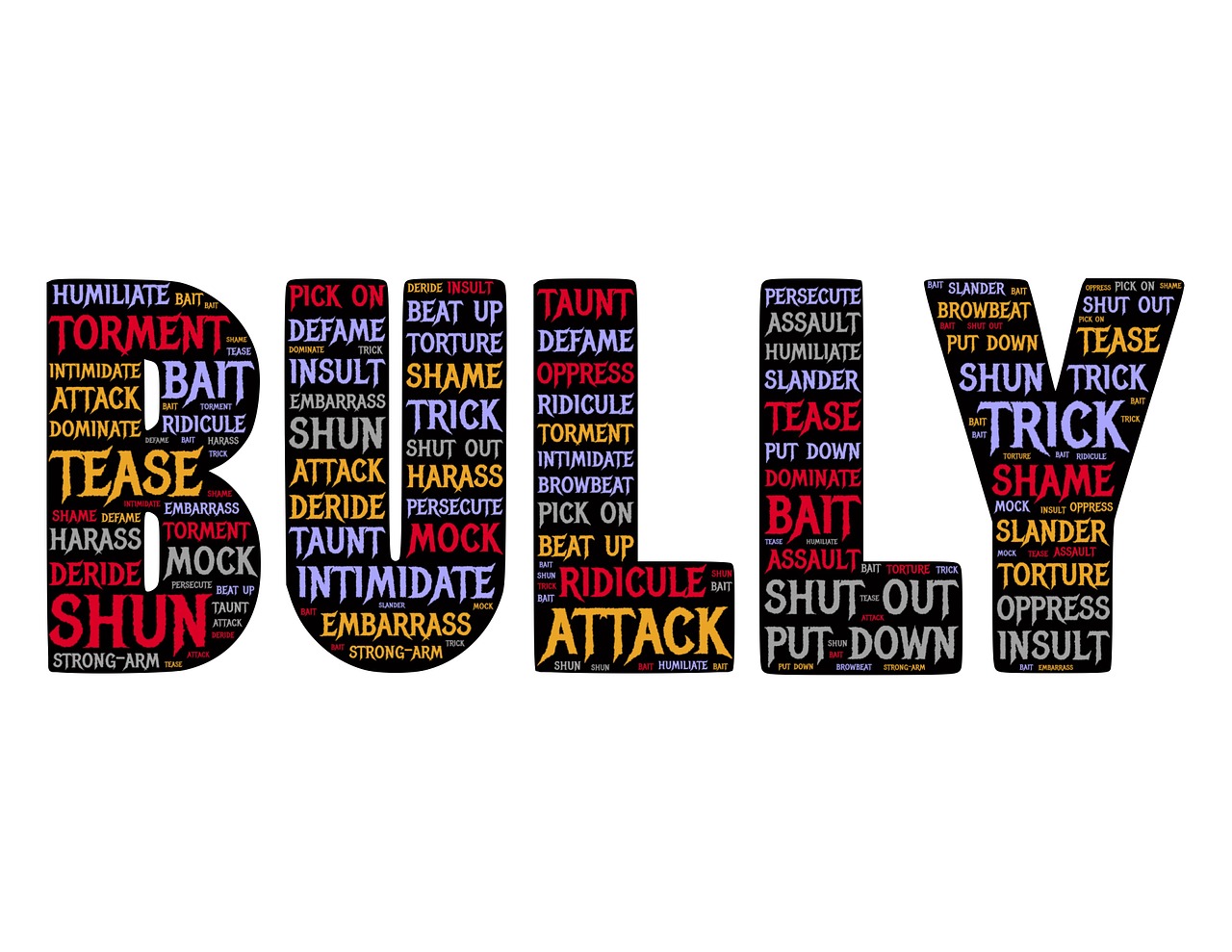Your homeowners association has a number of governing documents. Learn what they do and which take precedent.
Do you know the difference between your homeowners association’s CC&Rs (Covenants, Conditions & Restrictions), Bylaws, Resolutions, and Rules & Regulations? If not, you’re likely not alone. But if you’re part of an HOA, it’s important to understand the authority and purpose of each of these governing documents, and how they fall in the hierarchy of legal authority.
At the top of the hierarchy is your state’s corporation, condominium and homeowner association statues, which vary from state to state. Beyond that, following is an overview of your HOA’s governing documents in their order of authority:
Declaration or CC&Rs:
The declaration or CC&Rs “declare” your homeowners association and are filed in the county where your community is located. It should include information on the property, language establishing an HOA, descriptions of units and common areas, restrictions of use and more.
CC&R’s, otherwise known as the Declaration of Covenants, Conditions and Restrictions, are extremely relevant when purchasing a home in an HOA. They may list the responsibilities of homeowners while dealing with the physical side of their property. The color scheme for the neighborhood may be found in here, as well as the allowed position of satellite dishes, cars and landscaping. They may also include costs, fines and rights of homeowners, which are relatively specific to each HOA. Again, some rules may be a dealbreaker for some people, and others are candidly good to know. In any case, it is vital that your HOA’s CC&R’s are read before the property is purchased.
Bylaws:
The Bylaws state how the HOA will be run and should contain information on voting processes, quorum requirements, provisions for holding annual and special meetings, how board members are elected, and other operating guidelines.
Unless you are serving on the HOA board or planning to participate heavily in your association, the Bylaws will not concern homeowners as much as some of the other governing documents. The Bylaws should include specific rules and procedures on how the HOA board meetings function. They will also include the conduct for decision making, which may be important to residents that want to know what is going on inside their community. Voting seasons and processes will also be included here. If you have been voted onto the HOA board, the Bylaws are worth a glance over before your first meeting, simply so that you are prepared to serve to the best of your ability.
Resolutions:
Resolutions are next in order of authority and establish procedures for more complex or formal issues that require clear definition, such as enforcement procedures.
Rules and regulations:
Last in the level of hierarchy, rules and regulations clarify and provide additional details to ambiguous language in any of the above governing documents.
Any of these governing documents cannot trump or contradict the rules and laws set forth in the documents that hold more authority.
The Rules and Regulations are most likely to be the documents you deal with the most in your day-to-day life. Included in them should be a list of precedents regarding menial things: where your trash bins should go, how many pets are allowed on the property, how tall your fence can be, etc. While seemingly unimportant at first glance, and relatively frivolous compared to other documents you must handle when buying a house, the Rules and Regulations deserve your undivided attention. Some regulations can be a dealbreaker for certain homeowners, and it is much easier to look elsewhere for a house than it is to amend your governing documents.
Though all of your HOA rules are important to know and follow, some have more power than others. It is crucial to remember that above your HOA is the state and local law, and every HOA law should be following civil law first. If there is a violation, contact an attorney or a board member to bring up the issue. Below the law are the CC&R’s, which is comparatively your HOA’s “declaration” or “constitution.” Underneath this are the Bylaws, which should not interfere with the CC&R’s or the Rules and Regulations, which come in last as the most common and likely to change. Do not believe that because a certain rule is lower than another it is not as important to follow, because you can still be fined and punished for breaking the rules.
While there may be more state specific documents included in your HOA’s governing documents, this will be the basic information, and most important to know.
After taking a few minutes of your time to review these papers, you should feel informed and ready to move into any HOA. Call a board member in your HOA or a local attorney if you have any further acquisitions.
Related Articles
- 5 Tips When Nobody Will Run for the HOA Board
- Can the HOA really say No to Political Campaign Signs?
- Resigning from your HOA Board? Don't Make these 5 Mistakes!
- Should Your HOA Outlaw Renters?
- RV Parking Could Cost your HOA $500,000!
- What is Fiduciary Duty?
- How to Amend your HOA Governing Documents - 5 Tips
- How to take Advantage of Rainwater or Rain Conservation
- How to Save Money on your Utility Bills
- West Nile Threat - Prepare Your Neighborhood!
- Want to Sell your House? Fix these 5 things
- What are the responsibilities of Board Members?
- Should You Hire An HOA Management Firm?
- How To Collect Delinquent HOA Dues And Fees
- Should Your HOA Invest Its Reserves?
- 6 Steps To Create An HoA Board Resolutio
- HOA & Homeowner Association FAQ
- How to Start a Neighborhood Association
- HOA Website Can Save Money And Increase Communication
- How Neighborhood Assoc Websites Can Increase Participation
- A Condo Association Website Can Facilitate Communication
- Neighborhood Watch-How to Start One!
- Utilizing a Neighborhood Watch Website
- An Effective Meeting Agenda
- Funding a Reserve Study
- HOA Maintenance - Who Has Responsibility for What?
- Budget Preparation Tips
- Directory of Association Articles
 Print
Print Email
Email








